Gujarat is one of the state in India to see the indigenous tribe or nomadic communities. Rabari Tribe is one of the prime attractions of this area. Check out their culture, traditions, costumes, attires & festivals in this post.
Rabari is one of the nomadic tribes living in Gujarat as well as in Rajasthan. The hunger for their sheep and goats always keeps Rabaris on the move in India. It is a purely shepherd community, however nowadays some of them especially in the Patan area are farming as well. In a Gujarat Tribal Tour, Rabaris are seen on the road with their animals and families wearing traditional dresses.
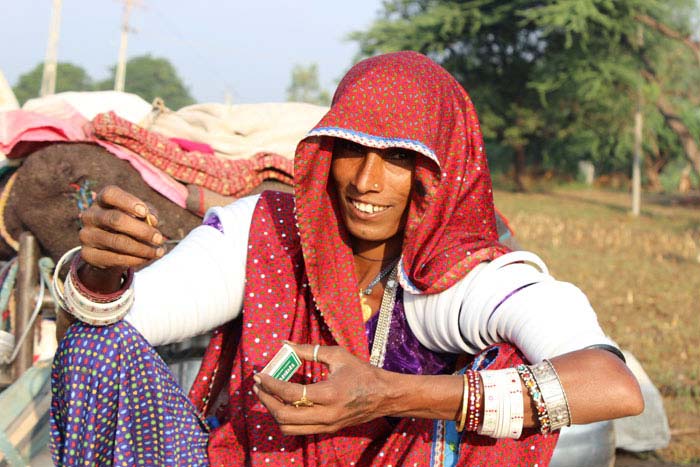
Rabari Lady in her camp lighting the fire for cooking.
The ladies light fire for cooking, carry water, and pack the luggage on camels in their beautiful skirts, rattling jewelry, and shining veils, which is to hide their fabulous beauty. Males are dark, tall, and handsome.
During your trip with us, the best India Tour Operator, we came to know some myths or maybe a truth about their origin. Some say that they are decedents of Rajputs. Some claim Rabaris are children of God – a dancing God, looked after by Lord Shiva. There is also a belief that Huns from Central Asia attacked India in 04 th century and wiped out the Gupta dynasty and Rabaris are their children. But there is no proof of any such claims.
While driving during a Gujarat Tribal Tour towards Kutch, we see many caravans of Rabaris. Because Kutch is a desert region and they come to mainland Gujarat in search of grass for their cattle. During the monsoon season, they move back to their native villages.
In the same way, we encounter many of their camps and caravans near the Rajasthan border as the Rabaris from Rajasthan also come to Gujarat with their sheep and goats. It is a journey for food and their families are always with them. The Rajasthani nomads are mainly in red turban hence it is very easy to recognize them.
Experience of a Rabari Tribe Camp
On our journey during a Gujarat Tribal Tour, we sat with a family in their camp and they informed us that they used to follow their animals from Pakistan to Afghanistan to India. But due to the partition of India and Pakistan and also these days, the borders are sealed, therefore their migration is very much restricted. The borders are a very painful line for nomads because they believe that their camels still put noses towards Pakistan when there is green grass.
But now, their movement is strictly within the country. The best way to experience them is just to sit with a camp of Rabaris and hear their stories from elders.
Rabaris are the biggest transhumant community of India and march a rough circle via northwestern regions of the country. A trip mixed with some destinations of Rajasthan & Gujarat can give you a better understanding of this tribal community. Due to the dry season, which is quite long roughly ten months, families along with flocks leave their native Gujarati or Rajasthani homes and travel towards the South.
In search of water and fodder, Rabaris cross Gujarat and sometimes if there is a drought they even move to Maharashtra. From one season to another, they walk almost 1000 miles in a year. They can only eat when their herds eat.
They live one of the toughest life but still carry their smile and always remain hospitable and warm.
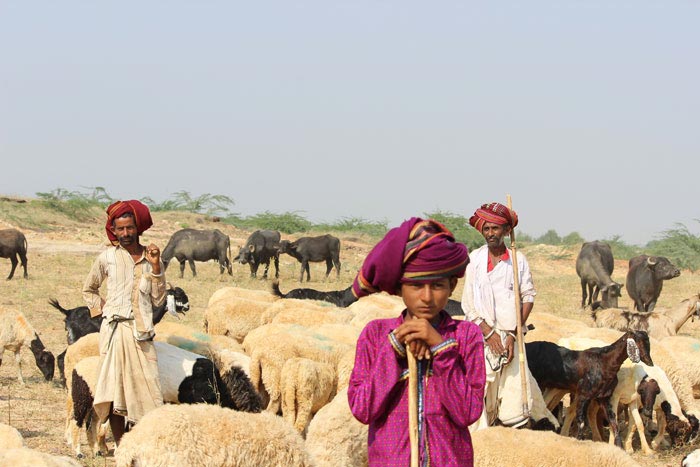
Rabaris with their herds in a field near a village in Kutch.
Due to the growth of the Indian economy, they are facing challenges as the land is now becoming less for their animals, water is a problem and there is pressure on them to settle down. One of our lady travelers from the USA on a Gujarat Tribal Trip asked them about these issues and a man replied “We are Rabari, which means – Goers on the trail.
They greet each other with Ram-Ram instead of the normal greeting of Namaste. Ram or Rama is the most respected Hindu God and by this greeting, they pay their respect to Lord Rama. From their turban to shoes, they dress very traditionally. A tribal tour of Gujarat is never complete without looking at their nicely built quilts – which they always carry with them while moving on the paths.
Rabari Arts & Crafts
One of the most beautiful things about these tribes of India is that they produce most of the clothes, pots, or any other household items on their own. Craftsmanship in these communities has evolved with centuries of practice & they produce some lovely items.
During a trip, you can notice that Rabari Tribe women are very good at embroidery, mirror work, and applique. These ladies are experts in needlework. They wear bright-colored dresses thus it is very easy to spot them from far in the dull background of India.
These women wear ornaments made of silver, ink, and lac (A tree resin). Married women wear white bangles from elbow to shoulder. Even, young girls wear some jewelry like toe rings, anklets, earrings, nose rings, and bracelets.
A most interesting thing to notice is the tattoos on their body, especially on women – which are very prophylactic. You will find snakes, scorpions,s and some other signs on faces, claves, throats, and forearms.
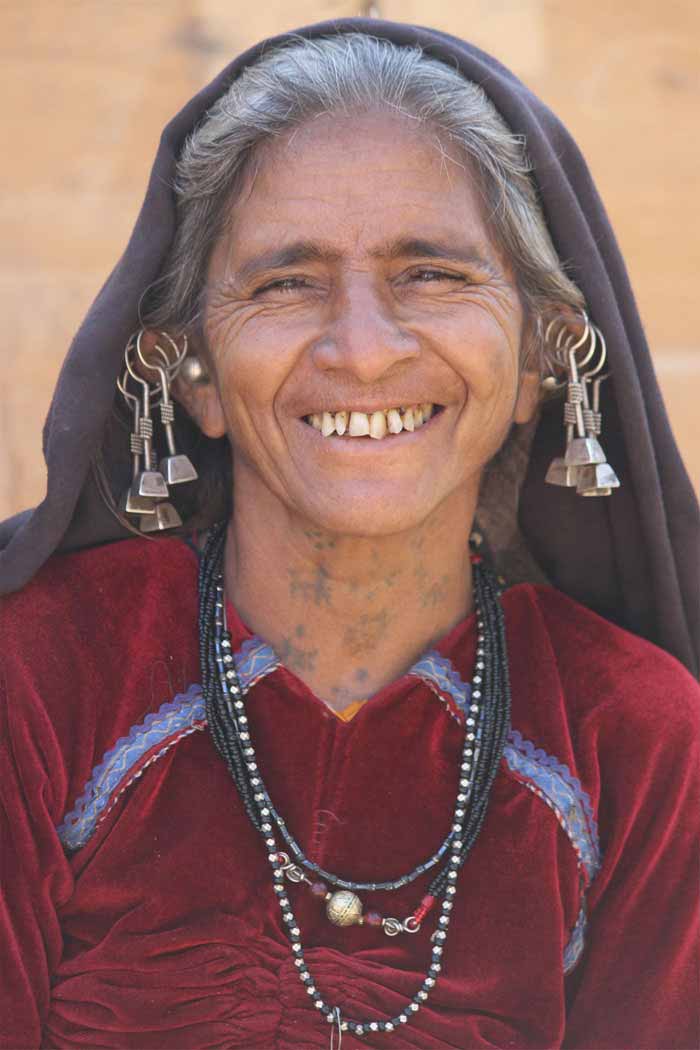
A Kutchhi Rabari lady with tattoos on her neck.
During your trip to these tribal areas of Gujarat, when you go closer to Pakistan in the Kutch region, you will find Black Rabari as the women hear wear black dresses. They have given up colorful dresses as they are still in mourning for their most revered deity Lord Krishna. During Gujarat Tribal Tour, you get to stay in many of the palaces of erstwhile kings known as Maharajas.
After independence Indian Government abolished the feudal arrangements and now these Maharajas are hoteliers or businessmen. When you discuss with local Maharajas about Rabari, they can tell you in detail as they come and camp on their fields so they know these tribes for decades.
In reply to a tourist during one of our Gujarat tribal tours, a Maharaja answered “It is a very tough life they are living. It is very hard to camp for ten months and it requires huge courage.”
The extended families of Rabaris from one village or relatives always move and camp together and they always care for their animals as one team. They believe in unity and there is strength in it.
The struggle of Rabaris is going on in this rapidly changing era and they are always on the move on this never-ending path and so we – are always ready for Gujarat Tribal Tour to find out more about this hardworking Rabari Tribal community.
Further Reading –
Read some of our other interesting posts on cultural heritage of these tribal communities –
- Gujarat Tribal Tour – A Dive Into Centuries-Old Traditions, Culture & Lifestyle
- Tribal Colours of Gujarat
- Sidhi Tribal Tour that Boosts Traveller’s Socio-cultural Fantasy
- Bright Shades of Tribal Tour with Bhil People
At Hidden Treasures of India, We have been organizing tribal tour of Gujarat since 2008 and we have taken guests from all around the world to these tribal areas.
Check out our Gujarat Tribal Tour Program to get more details about the route, attractions, activities & other relevant information. You may like to have a look at India Tour Packages, Rajasthan Tour Packages, Kerala Tour Packages, South India Tour Packages to give yourself a peaceful or thrilling travel experience with HtoIndia.

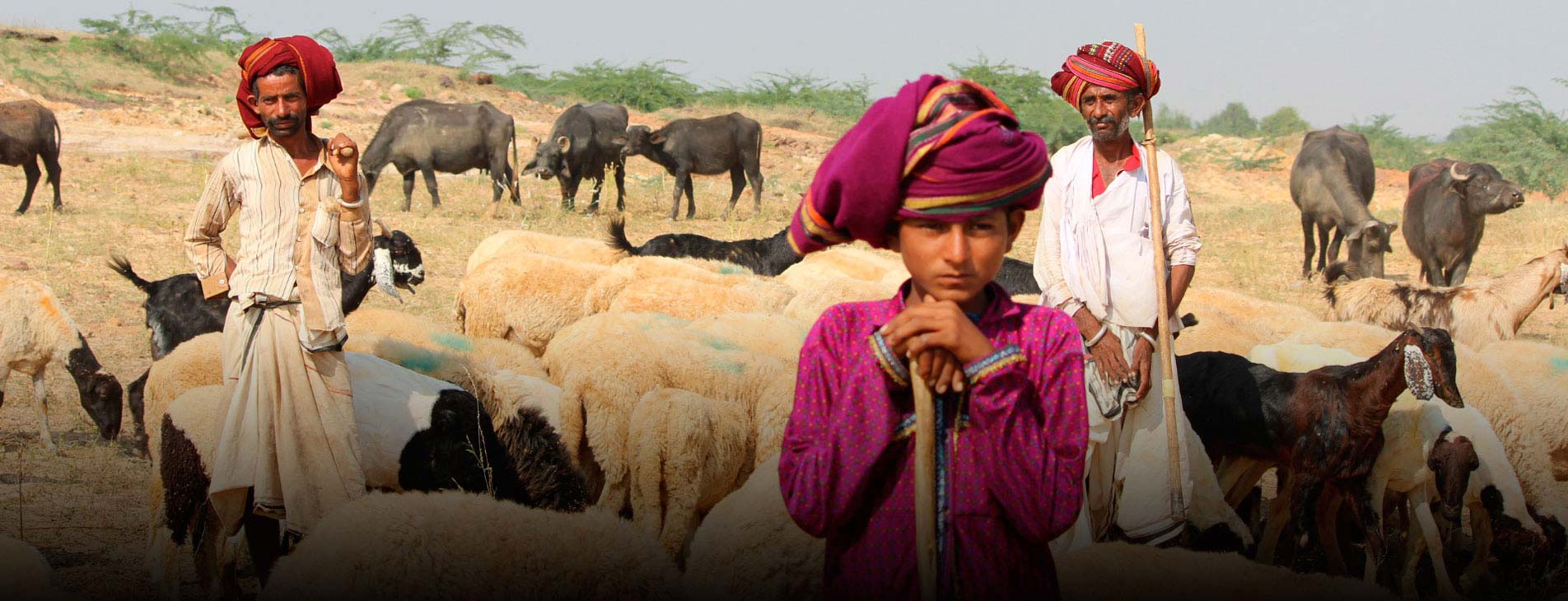
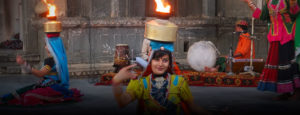
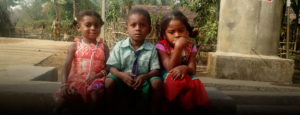
nice info…….. and this is fact that now a day.they face the problem like gauchar….and land for grass……
How do we visit and see these people ? Do you provide tours in these areas ?
Glad to know about your interest. Yes we do provide many special tribal tour packages in India. Specific to Rabaris, we have a very popular Gujarat Tribal Tour.
I love tribal culture and their lifestyle of Indian tribal communities. Visited Gujarat once. I am planning another tour soon to Chhatisgarh.
Hey Graham, glad to know that you visited Gujarat before. You are sure to enjoy your Chhatisgarh Tour. Buy the way we also have few itineraries for this region. Checkout our Odisha and Chhattishgarh Tour or a fixed departure Rajim Kumbh Mela 2019 & Madai Festival Tour
Hello There. I found your blog using msn. This is a really well written article. I will make sure to bookmark it and come back to read more of your useful information. Thanks for the post. I’ll certainly return.
Glad that you liked the post Bethany. Thank you